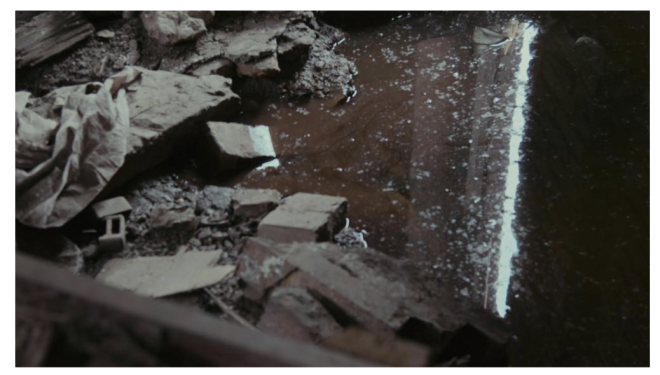- Change theme
Hidden Risks at Home: Water Heaters, Basement Damage, and the Rising Impact of Severe Weather

Homeowners often overlook the maintenance of their water heating systems, which can result in unexpected failures.
02:40 31 May 2025
Understanding the Lifespan of Water Heaters
Homeowners often overlook the maintenance of their water heating systems, which can result in unexpected failures. Traditional tank-type water heaters typically have a lifespan that ranges from 8 to 12 years, according to Bob Vila. During their lifetime, these appliances can experience a variety of issues that may lead to system breakdowns or inefficient operation. Regular checks and timely replacements are crucial for ensuring that water heaters operate efficiently and do not cause sudden disruptions in home water supply. Understanding the exact condition of the water heater in a home can be pivotal in avoiding costly repairs and unexpected emergencies.
A well-functioning water heater is essential for maintaining comfort within the home, especially during colder months. Homeowners should be mindful of signs indicating wear and tear, such as inconsistent water temperatures or unusual noises. Installing quality water heaters and considering advancements in technology can extend their functionality. Additionally, routine maintenance, such as flushing the tank and checking the pressure relief valve, can prolong the lifespan of water heaters considerably. Being proactive about these appliances not only prevents inconvenience but also contributes to energy savings and cost efficiency in the long run.
Moreover, old or faulty water heaters pose a substantial risk of causing internal water leaks, which can have adverse effects on the home's structure. Such water damage can lead to mold growth and other issues that compromise the integrity of the home environment. To address these hidden risks, homeowners should consult with professional plumbers at the first sign of trouble. Educating oneself about potential warning signs and taking preventive measures against water heater failures can safeguard homes from future damage. With proper care and attention, homeowners can mitigate risks and improve the resilience of their home environment.
The Vulnerability of Basements to Water Damage
Basements are an integral yet susceptible part of many homes, frequently facing the threat of water damage. According to iPropertyManagement, it is estimated that around 98% of basements will encounter some degree of water-related issues during their lifespan. This near certainty of water damage poses a considerable challenge, necessitating preventive measures and regular inspections. Groundwater seepage, insufficient drainage, and plumbing failures are common culprits behind basement moisture problems. Addressing these concerns proactively can help maintain the structural integrity and usability of this essential home space.
Identifying the sources of potential water ingress is the first step toward creating a watertight basement environment. Homeowners can implement solutions such as installing sump pumps and sealing basement walls to mitigate water infiltration. Additionally, ensuring that gutters and downspouts are clear and directing water away from the foundation can greatly reduce the risk of basement flooding. Landscaping adjustments to slope water away from the home are also advisable. These preventive actions can help preserve the condition of basement areas and protect stored items from moisture damage.
The Rising Impact of Severe Weather on Homes
Severe weather events are increasingly affecting homes globally, demanding that homeowners take preventive actions to minimize potential risks. Consumer Affairs reports that 32% of homeowners have experienced the impact of a weather event on their property within the past five years. This statistic underscores the growing need for preparedness against natural disasters, such as storms, floods, and hurricanes. Building resilient homes that can withstand extreme weather conditions is becoming more critical than ever. Understanding the local climate and weather trends can aid homeowners in making informed decisions about fortifying their homes.
Adapting homes to be more weather-resistant involves a combination of structural reinforcement and emergency planning. Reinforcing roofs, installing storm shutters, and upgrading to impact-resistant windows are practical steps toward minimizing damage. Moreover, creating a disaster preparedness plan that includes emergency supplies and evacuation routes can improve family safety during extreme weather conditions. Community awareness and engagement in environmental issues can also play a role in enhancing collective resilience. By prioritizing these adaptations, homeowners can reduce their vulnerability to severe weather impacts.
